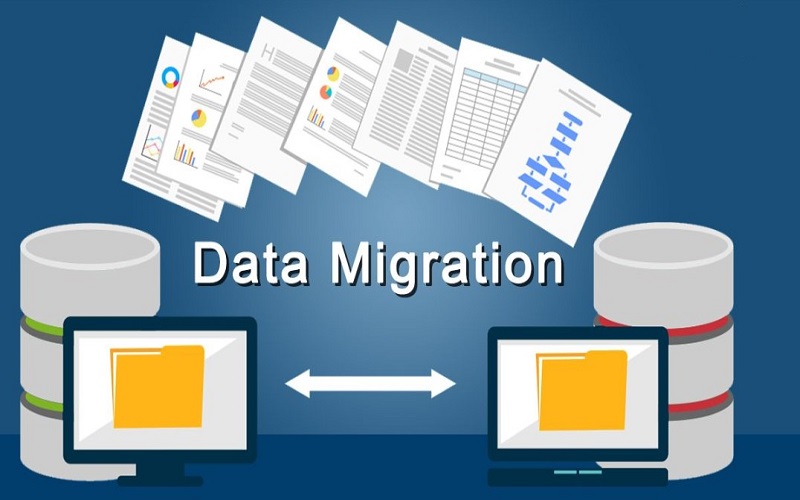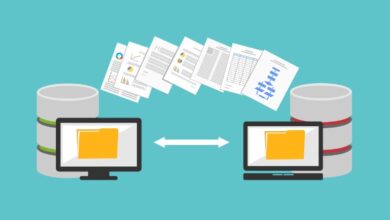
Data Migration Testing in an Effective Way
Testing data migration ensures that the data was moved without any loss or disruption, that each function functions properly, and that it complies with system requirements. Crucial to any data migration process is this step.
Data migration from on-premise to a cloud environment is one of many processes that many businesses must perform to replace out-of-date or ineffective software solutions with new ones. Data can always be moved manually or with specific tools. When conducting data migration testing, there are also two essential things to keep in mind. First, the new system includes all changes. Second, to conduct a test, you must have a thorough understanding of the migration strategy of test data management.
Prepayment for Data Migration Testing
Before delving into the conversation about data migration testing strategy, it is imperative to first understand one of the most crucial steps in this process-the three essential components: extraction, transformation and loading.
- Create a Team
Having a skilled data migration testing team with industry experience is one of the most important things.
- Define the Migration’s Scope
The range of migration data that needs to be tested as well as the testing order needs to be looked at.
- Define Risks to the Business
If critical errors are discovered during the relocation of data, you may require a Plan B. Understanding how testing affects the entire business process is also essential.
- Select a Tool for Testing Data Migration
To achieve your business objectives, you should concentrate on a few specific testing tools among the many available.
- Create Documentation for Testing
You need a Migration Test Specialization to ensure effective testing. All essential information for the upcoming procedure will be included in this document. It specifies the testing approach for data migration, methodology, testing cycles, environmental specifications, and other details.
- Prepare for a Launch of Testing
A data migration testing checklist will be used as the final step to make sure you’re ready to start the process.
[irp posts=”8506″ ]The Best Data Migration Testing Strategy
Once you have a good grasp of the basics of data migration testing, it is essential to develop an efficient strategy. The following steps should be taken for effective pre-migration testing:
- Make it clear what kinds of data should be included, excluded, or transformed. Before testing, analyze this scope, and then begin the verification process.
- Examine the new data scheme for the application. Find out how many mandatory fields it has, as well as the types, lengths, and other parameters of those fields.
- Define the load and destination processes. A data dictionary or relationship diagram is something you should have to make sure you understand everything.
- Start mapping data between existing and new applications. It is essential to compare every data type from the old system with its corresponding counterpart in the new one.
These are the fundamental steps that will assist you in clearly comprehending the migration as a whole. Most of the time, the final testing will be influenced by the quality of the pre-migration stage.
Migration Testing Stage
After completing the pre-migration testing checklist, it is imperative that you carry on with consistent monitoring of your data throughout the entire relocation or data automation. Additionally, always keep a backup copy of your data to guarantee that you can restore from the old system if required.
While migrating your system, it is essential to keep in mind the potential for downtime. Typically, during data migration, not all system components function. In ideal circumstances, downtime and migration times would be equivalent.
You will conduct fundamental tests to assess the relocation’s success following the completion of the data migration. Before migrating, it is necessary to define each necessary test and record the results in the Migration Test Specification. Several platforms are supported by a lot of software. In this instance, you must ensure that data functions properly across all platforms.
Stage of Post-Migration Testing
Once the data has been moved and you know that it went well, you can move on to the final step, post-migration testing. The following steps are typically included in this kind of testing, which is typically carried out in the test environment:
- Testing of Migration Throughput
To calculate this, you must first determine the number of records per unit of time. You can precisely figure out how long the migration will take by using this step.
- Make Sure the Migrated Records are of High Quality
In this step, you compare records from the destination system with those from the migrated system.
- Compare the Sources to the Migrated Records
It is very important to know that all of the field values are migrated following the specifications.
- Verification of the Summary
The number of errors will be determined in general by this kind of testing. Additionally, this check will indicate whether all data was migrated. To validate this, you must contrast the number of records present in both old and new systems. To guarantee the quality of the procedure carried out, additional migration data testing checks are required in addition to those steps.
What to Look for in Data Migration Testing?
A lack of testing is typically the most common cause of failure. Therefore, we outline the most critical elements of a data migration test strategy.
- Environmental
Understanding the data migration environment is essential. You have to make sure you can work in both new and old environments. In this scenario, you can assess the quality of the migrated data and the performance of the old system. Both of those databases must function simultaneously.
- Method for Testing Data Migration
Before beginning the process of testing data migration, think about a few different approaches.
- Test for Data Validation
Utilizing SQL queries to inspect and confirm the accuracy of data before, as well as after migration is critical in this case.
- Test for Application-Level Validation
A sample migration application’s functionality should be verified using this strategy.
- Continual Assistance
When the system changes, it can communicate with customers to ensure that they have access to data and that everything works properly. After the post-migration process is complete, testing support must be continued in most instances.
- Documentation
Don’t forget to complete the testing-specific documentation. For instance, the final report should be a summary of the migration test.



